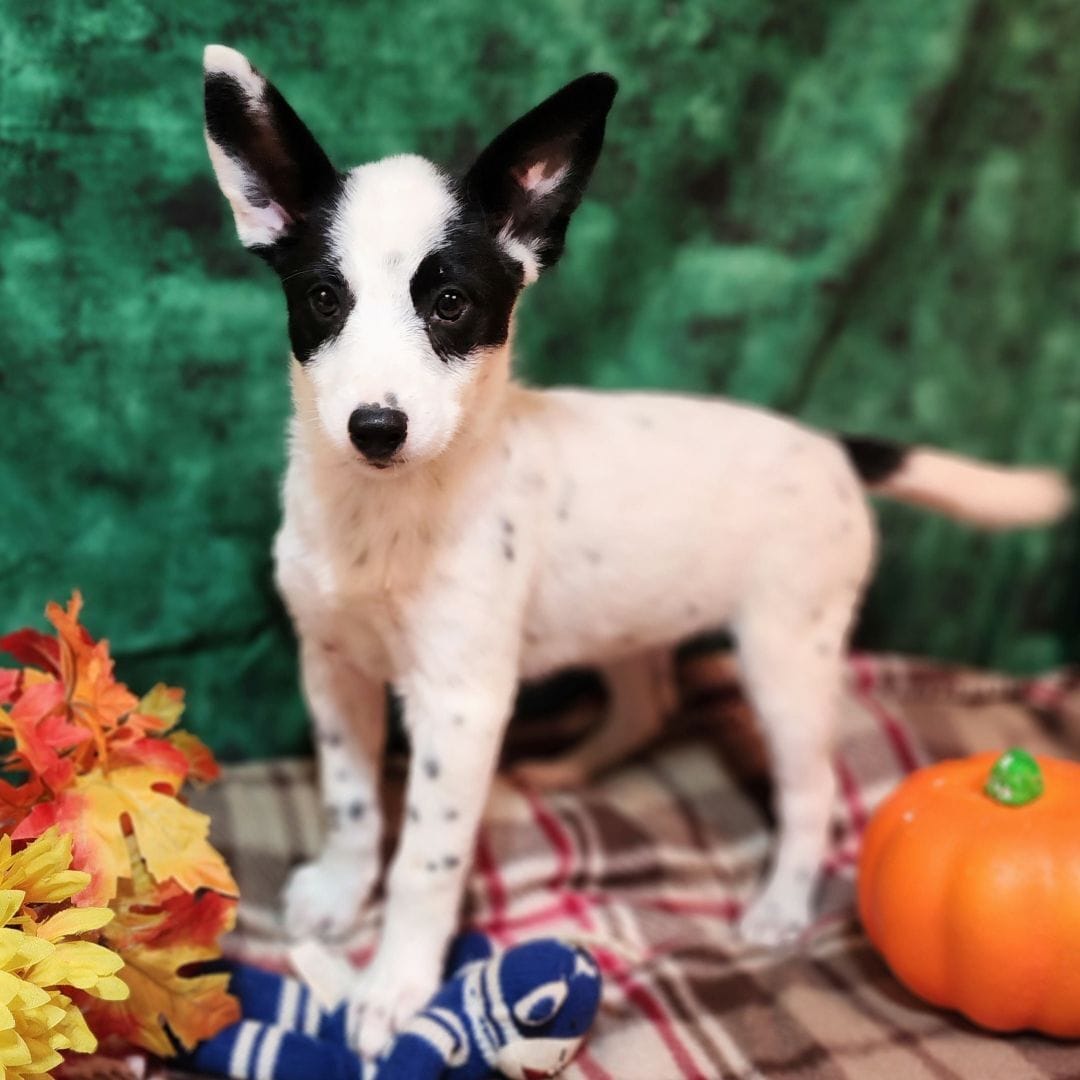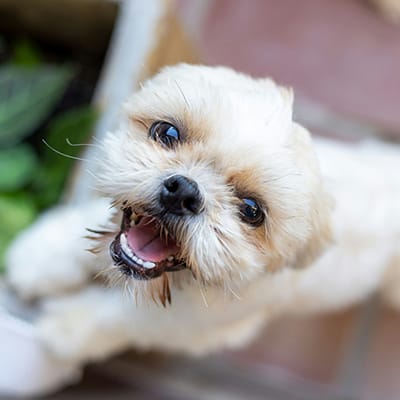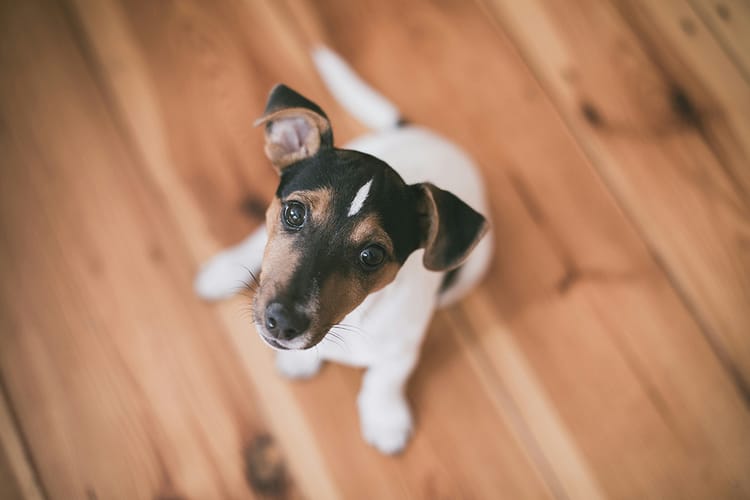My puppy is biting too hard - What should I do?

“Help! My puppy is biting, hard! What should I do?”
Puppy biting, while normal, can also be uncomfortable, frustrating, and possibly dangerous in the future, if you don't address it right away.
Why do puppies bite so much?
Puppy biting is a normal behavior as they explore their world and begin teething. Learning bite control, or “bite inhibition,” helps your puppy understand how to use their mouth gently. Biting serves as part of their development but needs to be directed appropriately.
Hardly any time is more important for your puppy than the period in which he learns how to control his bite. A puppy who bites hard is no fun to be around, but one who knows how to play gently will be more fun to live with and to train.

Even the gentlest dog can be suddenly startled, frightened, or in enough pain that she may bite. Helping our puppies develop this soft mouth, or bite inhibition, is one of our most important tasks.
So, how do we accomplish this? As odd as it may seem, we are actually going to encourage our puppy to bite us – but with some conditions.
A few ground rules for managing puppy mouthing
First, the ground rules:
- Puppy may not bite hard enough to leave a red mark.
- Puppy may not bite clothing or fabric.
- Puppy may not bite children (young children aren’t capable of determining what is an “okay” bite and what isn’t — and a sharp nip may provoke a child to scare or hurt a puppy).
If your puppy breaks one of these rules while playing, give a short “Ouch!” and stop playing immediately. Offer to play with the puppy again once he or she settles. If puppy is having a hard time settling and continues to bite or mouth you or your clothing, put the puppy in his crate or behind a baby gate for a minute or two, then let him out to try again, encouraging your puppy to bite a toy rather than your hands.
Second, encourage your puppy to play-bite your hands and arms on a regular basis, but gently! Don’t swipe at your puppy’s face or grab his jaws or muzzle in your hands — think of the calm, mouth-wrestling play you see in older dogs. As long as your puppy isn’t breaking the rules, you may play short games this way, breaking frequently to feed treats for obedience behaviors and hand targeting.
When puppy your feels like playing, encourage the gentle play-biting game. Keep in mind the puppy must gently use his mouth and wrestle with you. (Important disclaimer: this training game is not for children.) Use treats to teach your puppy to stop when instructed to do so, by scattering a few treats on the ground and walking away.
The puppy is now practicing “bite inhibition” or “soft mouth” on purpose.
When will my puppy stop biting?
Most puppies start to reduce their biting as they mature, especially if they are guided in bite inhibition. By around 5-7 months, after they’ve finished teething, they should begin to bite less, especially if they’re trained not to bite too hard early on.
Once your puppy starts losing puppy teeth, it’s time to start cutting back on the play biting by substituting toys for your hands and feeding treats when your puppy directs his mouth onto toys or chooses to offer a sit or down rather than bite.
Is puppy biting normal or a sign of aggression?
Puppy biting can sometimes feel intense, but it’s rarely aggressive. It’s often a playful or exploratory behavior. However, if biting is paired with growling or lunging, or your puppy frequently bites when you try to touch her or pick her up, consulting a professional trainer can help differentiate play from potential behavior issues.

Recap: How can I train my puppy not to bite?
Training starts with setting ground rules for acceptable behavior:
- No hard bites: If a bite leaves a red mark, your puppy needs a break.
- No biting clothing or fabric: Encourage puppies to bite and tug toys instead of clothes, curtains, or furniture.
- No biting of children: Children can’t gauge the pressure of a bite, so it’s important to guide interactions carefully.
Use a firm “Ouch!” if a bite is too hard and immediately stop play. After a short break, resume play to reinforce gentle mouthing, or offer a toy.




